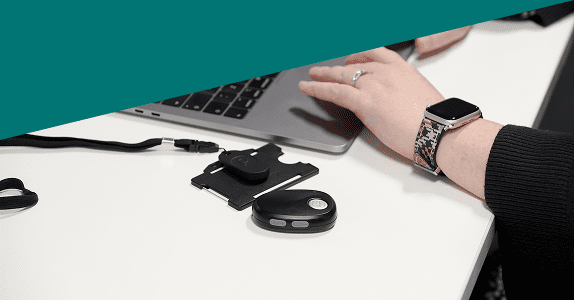
A lone worker risk assessment is a structured process used to identify, evaluate, and mitigate risks faced by employees who work alone. It ensures businesses fulfil their legal duty of care while providing lone workers with the necessary protection to carry out their roles safely.
Why is a Lone Worker Risk Assessment Important?
Lone workers face unique risks due to the lack of direct supervision or immediate assistance. Conducting a risk assessment helps organisations:
- Identify hazards specific to lone working roles
- Implement appropriate safety measures
- Reduce the likelihood of workplace accidents or incidents
- Comply with health and safety regulations
Key Steps in a Lone Worker Risk Assessment
A thorough risk assessment follows these key steps:
1. Identify Lone Working Roles
Start by identifying employees who work alone or without immediate support. This includes field workers, remote employees, or staff working outside standard hours.
2. Recognise Potential Hazards
Assess the risks associated with each lone working role, such as:
- Environmental hazards – Slips, trips, falls, or exposure to hazardous substances
- Violence and aggression – Risk of verbal abuse or physical assault
- Medical emergencies – Injuries, sudden illness, or accidents
- Communication challenges – Difficulty reaching help in an emergency.
3. Evaluate Risks and Implement Controls
Once hazards are identified, assess the likelihood and severity of each risk. Implement control measures such as:
- Lone worker safety devices – Personal alarms or GPS trackers
- App-based safety solutions – A cost-effective alternative using employees’ existing smartphones
- Regular check-ins – Scheduled calls or automated monitoring systems
- Training and awareness – Ensuring workers know how to handle emergency situations.
4. Implement the Right Lone Worker Solution
Choosing the right lone worker solution is essential for effective risk mitigation. Options include personal alarms, wearable technology, GPS tracking, and automated check-in systems. Solutions like PG Click, a discreet Bluetooth button that works in combination with the PG Smart App, allow lone workers to instantly raise alarms without unlocking their phones—ensuring rapid response with minimal disruption.
5. Regularly Review and Update the Assessment
Lone worker risks can change over time, so regular reviews are essential. Reassess risks periodically and adjust safety measures to reflect new working conditions or emerging threats.
Conclusion
A lone worker risk assessment is a crucial process for ensuring employee safety, meeting legal requirements, and reducing workplace risks. By identifying potential hazards and implementing effective control measures—including app-based solutions paired with PG Click—businesses can provide comprehensive protection without unnecessary costs.
Want to ensure your lone workers are fully protected? Get in touch with our team today to discuss the best solutions for your workforce.
